
24V ALTERNATOR FOR VOLVO FH 210 CA1883IR 20409240 21429786 85021343 20849351 21041756 Wholesale Alternators Starters
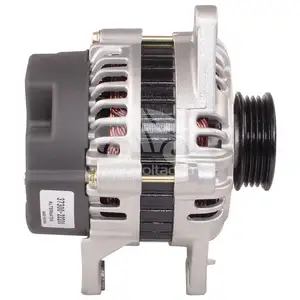
KINGSTEELManufacture Prices Altern Auto Parts Car Alternator For Kia Ford Honda VW Audi Mitsubishi Toyota12V24V48Vcar Alternator

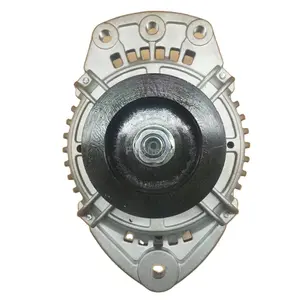




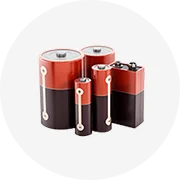

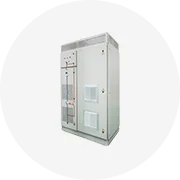
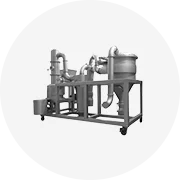
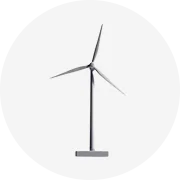

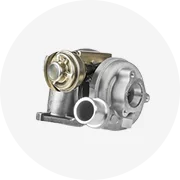


The high output low rpm alternator is a pivotal component in modern power generation and machinery operation. Designed to deliver substantial electrical current even at low engine speeds, these alternators are essential for applications where consistent power delivery is critical, regardless of engine RPM.
There are various configurations of alternators, including the high amp low rpm alternator, which is engineered to provide a high amperage output at lower revolutions per minute. This type is particularly beneficial for heavy-duty vehicles and equipment that require a large amount of power at idle or low-speed operations.
The application of low idle high output alternators spans across numerous industries. These units are commonly found in commercial vehicles, agricultural machinery, and backup power systems where they ensure that there is a consistent power supply even when the engine is not running at full capacity.
A high output low rpm alternator is characterized by its robust construction and the use of durable materials capable of withstanding the rigors of low-speed operations. The alternators are designed with advanced magnetic and electrical components to maximize efficiency and output.
The primary advantage of a high amp low rpm alternator is its ability to maintain power output over a range of engine speeds, ensuring that electrical systems function seamlessly without fluctuation. This reliability is crucial for the functionality of critical systems, especially in commercial and industrial settings.
Selecting the appropriate low idle high output alternator requires understanding the specific needs of your machinery or application. Factors to consider include the alternator's compatibility with the engine, the electrical demand of the system, and the operational environment.